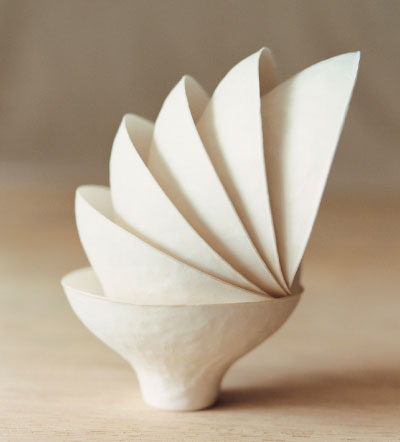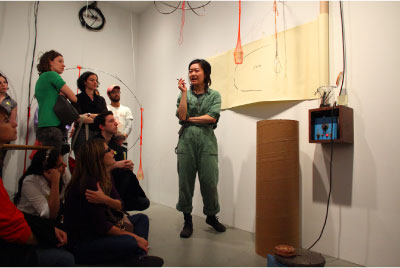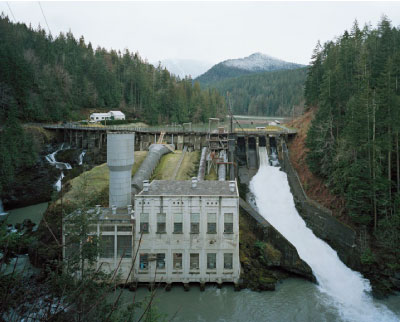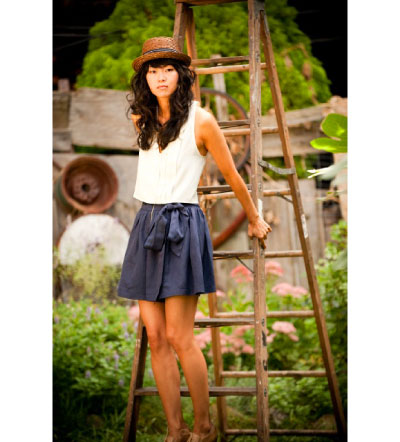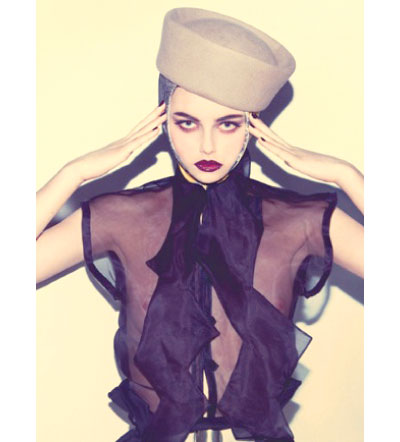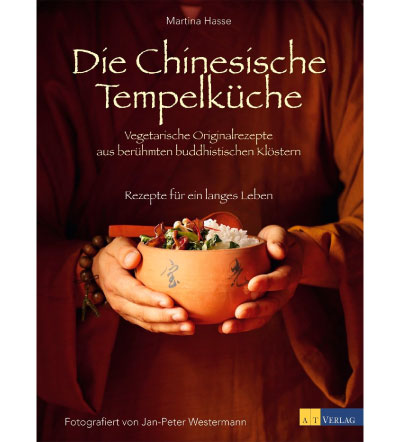
Images courtesy of AT Verlag
Many of us would assume that life in a Buddhist monastery, void of worldly temptations and daily distractions, isn’t exactly rich with culinary temptation. However, a glance at international food photographer Jan-Peter Westermann’s new cookbook, The Chinese Temple Kitchen, proves this picture a false one. The Chinese Temple Kitchen came out this past May from German publisher AT Verlag. A food-inspired travelog of Westermann’s journey to Buddhist monasteries throughout China, the book includes over 100 centuries of recipes, accompanied by appetizing photographs of their results.
In the Buddhist tradition, the dishes Westermann cites are all vegetarian, and although they may look complex, the recipes all use easily-acquired ingredients and are simply prepared. The ingredients are chosen for their nourishing, detoxifying effects, to slow the aging process and ultimately prolong life – perhaps only to be able to take part in such exquisite meals for longer.




 Facebook
Facebook Permalink
Permalink Digg
Digg Reddit
Reddit LinkedIn
LinkedIn StumbleUpon
StumbleUpon Tumblr
Tumblr
